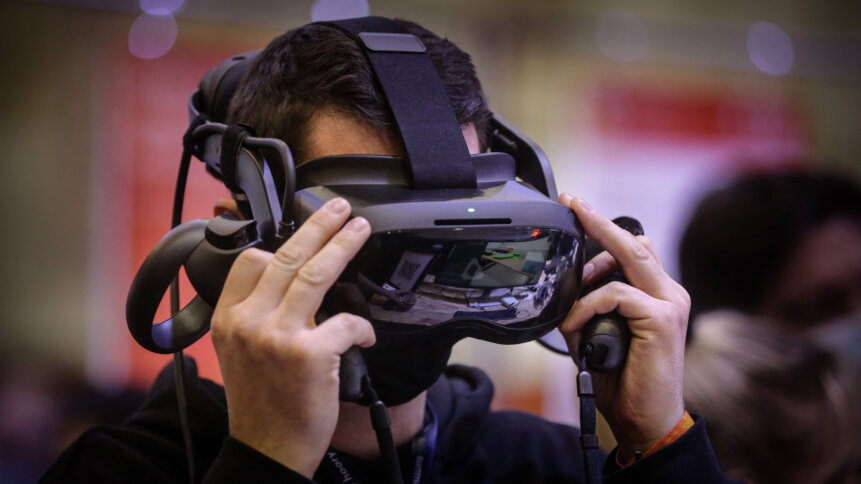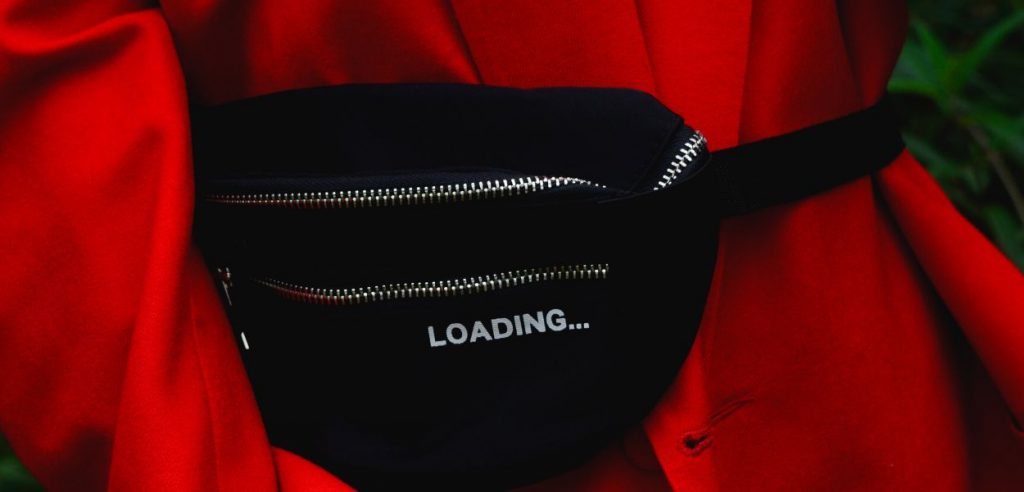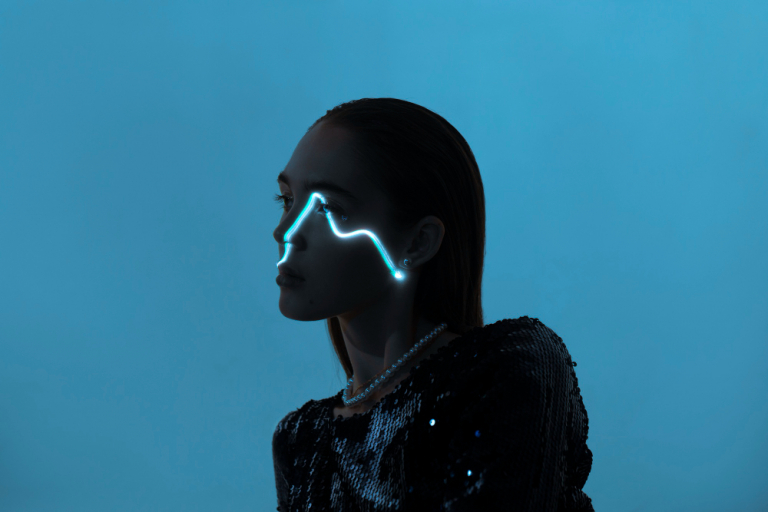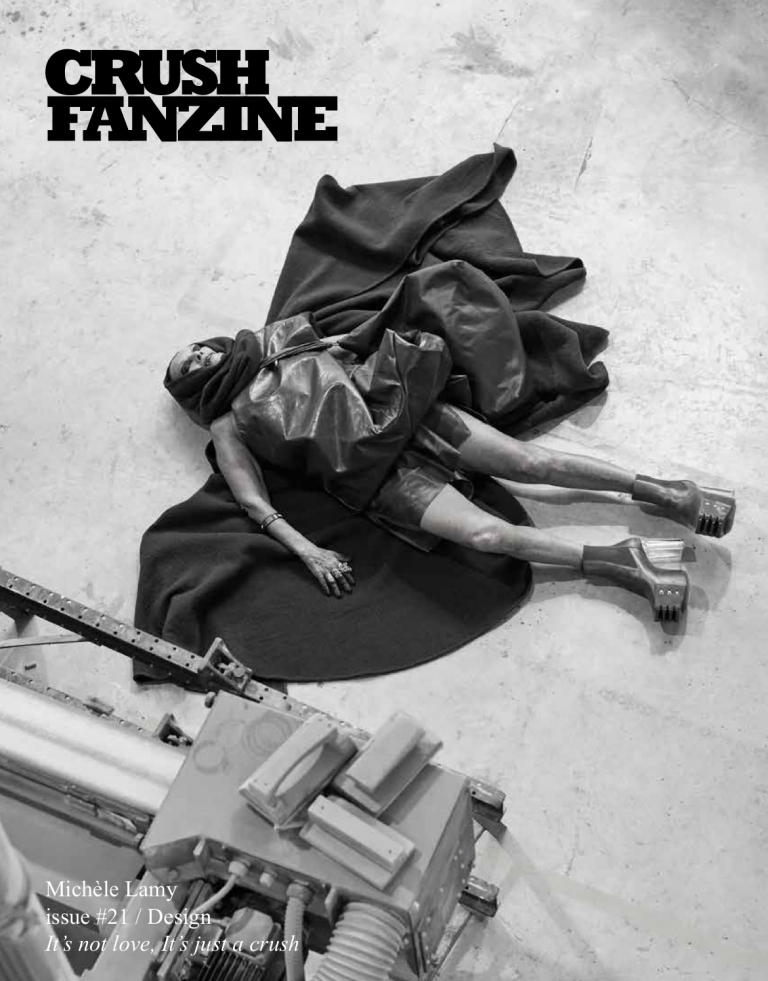Have you ever played a video game and been inspired by the fashion and style of the characters you play? A quick search online shows that you’re not alone. With a few clicks, you can buy Lara Croft’s combat boots online. Or even a Louis Vitton jacket inspired by League of Legends.
However, most crossovers between real life and the virtual world come off as a little gimmicky. Nevertheless, metaverse wearables have the potential to change that paradigm and become a driving force in the fashion world.

Design in the Metaverse
Recent advancements in technology are driving the future of fashion and the metaverse. In particular, greater access to consoles and VR headsets means that designers can create items that traverse the gap between real life and the digital world. This recently came to fruition with Scarlett Yang, a fashion designer from London. She presented a biodegradable dress that could be viewed physically and digitally.
Yang’s concept hinged on digital viewership, as the garment she presented was best observed in various poses and settings that would not have been achievable in the real world. As a result, viewers of the biodegradable dress could observe the garment in settings where gravity and lighting produced different effects. And also, it gave the gown a fairy-like glow.
Scarlett Yang’s production may be a high point for Metaverse fashion so far. But Metaverse Fashion Week is a well-established yearly event that draws the eyes of gamers and fashion designers alike. Big name brands like Dolce & Gabbana already feature their latest styles on virtual catwalks hosted by the metaverse powerhouse known as Decentraland.
Experimentation and customization are amongst the biggest trends in the metaverse so far. Fashion wears on display at the Metaverse Fashion Week usually allows users to modify the basic offering and opt for different colors, cuts, and sizes. This has led to the creation of metaverse wearables like NFTs in the form of bags, shirts, and other fashion pieces.
NFTs and Metaverse Wearables
You’ve probably heard about NFTs and seen tokens like the Bored Ape Yacht Club. Users can trade these expensive tokens in a similar fashion to high-end art. And it usually incurs a price tag well beyond most people’s budgets.

Metaverse wearables operate using similar principles to NFT art like the Bored Ape Yacht Club. Blockchain can back unique digital wearables like digital bags and t-shirts. And also, they are completely unique to the individual owner. Metaverse wearables are also customizable and AI produces variations. Variations between items usually focus on small changes to the overall design. It may include things like color differences and differences in patterning.
Wearables NFTs influence the fashion world by providing endless creativity and increased emphasis on inclusivity. NFTs have to “fit” every user’s body shape and size. This means a premium is placed on design choices outside of outdated gender norms or stigmas.
Metaverse fashion also goes where IRL fashion cannot. Practical needs and physical reality don’t constrain digital fashion. This means that designers can produce digital garments like floating bags or dresses that change color in a chameleon-like way. Avatars that sport these sci-fi styles may be setting the future trends as new materials and technology catches up with digital fashion.
Metaverse wearables are also crossing the virtual boundary into the real world. Nike’s recent acquisition of RTFKT shows that brands are serious about giving users the ability to wear their favorite fashion in the real world and the digital world. Nike is also famous for its customizable features, meaning that it may not be long until users can order a real version of the shoes their digital avatars wear.
Security and Exclusivity
Customization and exclusive designs are only valuable if they are backed by secure blockchain technology that prevents digital theft and counterfeits from appearing on digital marketplaces. Much like in the real world, faked versions of branded clothes can plummet the value of metaverse wearables — particularly if there is no way to distinguish a difference in quality.
Fortunately, innovations in fintech mean that blockchain technology has secure ledgers that help individuals and businesses manage their digital stocks and prevent counterfeit assets from appearing in the digital realm. Many large financial institutions like Wells Fargo and the Bank of America already trust Blockchain fintech. This same security can now be given to individuals who purchase digital goods like metaverse wearables.
Improved digital security may even mean that the authenticity of digital wearables are better protected than physical items. Unlike physical fashion – which can be easily replicated -, smart contracts make sure to secure digital wearables. It ensures documents and designs remain secure and safe with encryption that protects the AI algorithms which produce unique NFT designs.
Conclusion
Video games and the metaverse are pushing fashion into new directions. Fashion in the metaverse usually focuses on exclusive ownership with inclusive designs. This combination of body-image-friendly fashion with blockchain security allows designers to present their garments in new, digitally supported venues.
Like this article? Then you must read this one: The Metaverse, Fashion, and Its Dangers.
* Written by Frankie Wallace.
Editor’s Note: The opinions expressed here by Fashinnovation’s columnists are their own, not those of Fashinnovation.






